Introduction:
5S is defined as a method leading to a clean, tidy, and safe workplace to reduce waste and optimize productivity. Designed to create a quality working environment. The 5S philosophy applies to every workspace that helps you achieve visual control and lean production.
Japanese Methodology of 5S:
What we know today as the 5S methodology was originally developed by Henry Ford in 1972 as the CANDO program. However, it was Hiroyuki Hirano who popularized it as 5S in Japan in 1980, and it is a basic tool for total quality control.

What are the 5S’?
The five steps outlined below provide a systematic way to achieve good housekeeping.
- Seiri – Sort
First, you need to decide what you want and what you don’t want. Entries can be physical items, such as failed hardware or additional material, or non-physical items, outdated files, and outdated information from the network.
- Seiton – Straighten
Seiton stands for “place for everything and everything is in its place”. After you have sorted your resources and eliminated waste, you can organize them. Looking for items that are not stored properly can be frustrating, not to mention a significant waste of time.
- Seiso – Shine
Your workspace is organized efficiently and ready for thorough cleaning. This is done regularly on an almost daily basis and provides at-a-glance signs of wear on key machinery and tools.
- Seiketsu – Standardize
With steps 1-3 in place, you need to create a standardized process to avoid returning to bad habits and inefficient ways of working. This is a natural process for project managers who adopt ways to standardize their processes to make them more efficient.
- Shitsuke – Sustain
Finally, the new processes and standards need to be sustained. This is achieved by building the 5S process into performance evaluation. It is important to remember that processes can evolve and 5S should be modified appropriately, and changes communicated to team members.
Advantages:
- Increased Productivity
Having a clean and safe environment to work in and the availability of resources or tools at the earliest helps to improve productivity.
- Improved Safety
By maintaining the workplace clean and standardized, the hazards while working are reduced.
- Reduction in Waste
By implementing a standard operating procedure for the work reduces the chances of error.
- Worker Commitment
By having a clean and safe environment with standard practice to complete the job an individual is motivated towards his work and the quality of the output is maximized.
Disadvantage:
If you have serious performance limitations, the 5S may not be a good starting point for improvement. For example, if an organization has bandwidth issues, focusing improvement efforts on process bottlenecks that limit system throughput will have a greater impact than running a 5S program across the organization.
Practical Implementation:
Here is an example of a 5S implementation that reduced report generation time from 3 hours to 10 minutes.
S1 – Sort Data: The finance team previously created a report that pulled data from 2010 to the current date. But the team only needed last year’s data to do the analysis. We’ve changed the logic used to retrieve information to reduce reporting time.
S2 – Set in Order: The team wanted the data in a specific order while performing the analysis, so the team arranged the columns in a specific order to save analysis time.
S3 – Shine: Cleaned up the entire report. Unnecessary cell and column data have been removed. This reduces report generation time.
S4 – Standardization: The last report was produced during the day. It used to take a lot of time for both workers and machines. A consistent process for reporting has been created. Every morning he runs one report before the shift starts. This will take her ten minutes.
S5 – Sustained: All the activities described in the previous 4S have been sustained for the past 3 months and this process is now business as usual for the team.
Penned By:
Mr. ROHIT RAMAPRIYA
Club Kaizen




Leave a comment